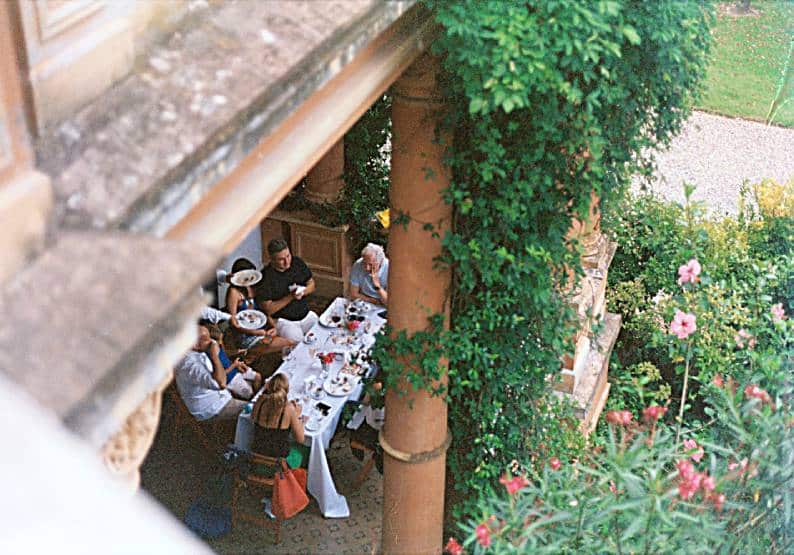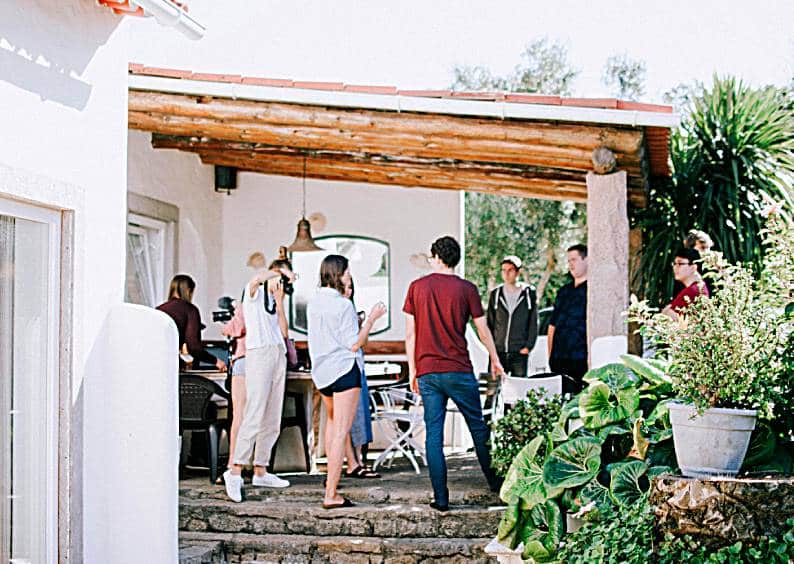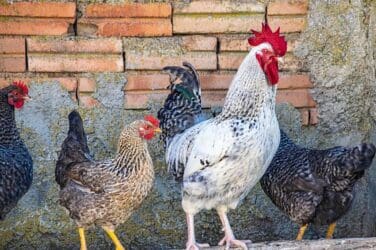words Al Woods
Celebrated five days after Yom Kippur, Sukkot is one of Judaism’s most important and festive holidays. Lasting a week, it commemorates the wanderings in the desert after the exodus from Egypt. For Jews around the world, Sukkot is a time of joy, gratitude, and festive meals. It is also an opportunity to reflect on the impermanence of life and the ways in which we are all interconnected with nature and each other.
In this comprehensive guide, we’ll explore the traditions, customs, and spiritual significance of Sukkot, so you can join in the celebration and make the most of this cherished holiday.
Understanding the Roots of Sukkot
Sukkot, often referred to as the Feast of Tabernacles, is deeply rooted in agricultural traditions, celebrating the end of the harvest season. At its core, “What is Sukkot?” is a question that invites us into a rich tapestry of history and spirituality. It signifies a period of thanksgiving for the bounty of nature and recalls the fragile dwelling places that the Israelites inhabited during their 40 years of desert wanderings. This festival encourages participants to dwell in sukkahs – temporary shelters with leafy roofs, symbolizing both the fragility and the sanctity of life, emphasizing our reliance on the natural world.
Building Your Sukkah
The sukkah is at the heart of Sukkot celebrations. According to Jewish tradition, eating, sleeping, and spending time in the sukkah is a mitzvah, a commanded good deed. Sukkahs are often elaborate, handcrafted, and decorated with fruits, vegetables, and flowers to represent the harvest season. Building a sukkah can be a community project, with family and friends coming together to assemble the structure and decorate it.
Your sukkah can be as simple as a few pieces of wood with a thatched roof, or as elaborate as your creativity allows. The most important elements are that it is sturdy enough to withstand the weather, and that it allows enough space for family and guests to eat and even sleep under the stars.
Gathering the Four Species
The four species, or Arba Minim, are central to Sukkot traditions. These consist of the lulav (a ripe, green, closed frond from the date palm tree), hadass (branches with leaves from the myrtle tree), aravah (branches from the willow tree), and the etrog (a citron fruit). The lulav and etrog are carried and waved during daily services throughout the holiday, while the others may be waved, but not carried.
When selecting these species, be mindful to choose the most beautiful and unblemished of each, as they are meant to be an offering of our best to God. If you’re in a community without easy access to these, local synagogues or Jewish community centers often provide them for congregants.
The Daily Sukkot Observance
Each day of Sukkot, special blessings, and prayers are recited within the sukkah. There is a joyous and communal aspect to these services, with singing and the shaking of the lulav and etrog. Meals in the sukkah are an important part of the holiday, connecting the act of eating with the spirituality of living in a temporary dwelling.
For those who can, sleeping in the sukkah is an additional way to observe the holiday. It’s a chance to disconnect from the comforts of our homes and spend time in closer quarters with family and nature.
Dancing and Celebration
Sukkot is a time for joy and celebration. In addition to the daily observances, there are often community-wide events such as Simchat Beit Hashoeivah, celebrating the drawing of water for the water libations on the altar at the Temple.
There may be parades with live music, and the celebratory dance of Hoshanah Rabbah, where worshippers encircle the bimah (the podium where the Torah is read) in the synagogue. This is often accompanied by singing and the striking of willow branches against the floor.
The Connection to Nature and Agriculture
Sukkot marks the end of the harvest season, so it’s a perfect time to connect with nature. You can spend time in local parks or the countryside, appreciating the beauty of the changing seasons and the earth’s bounty.
In many communities, it’s also customary to welcome guests and share meals in the sukkah. This embodies the holiday’s themes of hospitality and the appreciation of community. It’s a chance to share wonderful meals, often with foods representative of the harvest, and to enjoy the outdoors in the company of family and friends.
Bringing Joy to Others
Sukkot encourages acts of kindness and charity, which are particularly significant during the holiday season. It is a time to extend a hand to those in need, whether through financial assistance, food donations, or simple acts of kindness. Make it a priority to bring joy and comfort to others during this season.
You can also make Sukkot crafts or treats to share with others, such as sukkah-shaped cookies, or decorations for the community sukkah. These actions not only bring happiness to others but also reinforce the sense of unity and togetherness that is central to Sukkot.
Educational and Reflective Activities
For those who value the educational aspects of the holiday, Sukkot offers many opportunities for learning. You can study the history and significance of the holiday with family and friends, or visit historical sites to deepen your understanding of the Israelites’ desert experience.
Reflection is also a key part of Sukkot. You might choose to take time each day to meditate or journal about the transient nature of our existence and the importance of finding stability within it. This introspection can be a powerful addition to your Sukkot experience, helping to guide your path through the year ahead.
Sukkot is a holiday rich in traditions and symbolism. Whether you’re observing it for the first time or it’s an annual part of your family’s customs, take the opportunity to appreciate the connections between past and present, nature and humanity, and individual and community. Through the customs of Sukkot, you can deepen your spiritual understanding and find joy in the celebration of life and its fleeting nature.




















